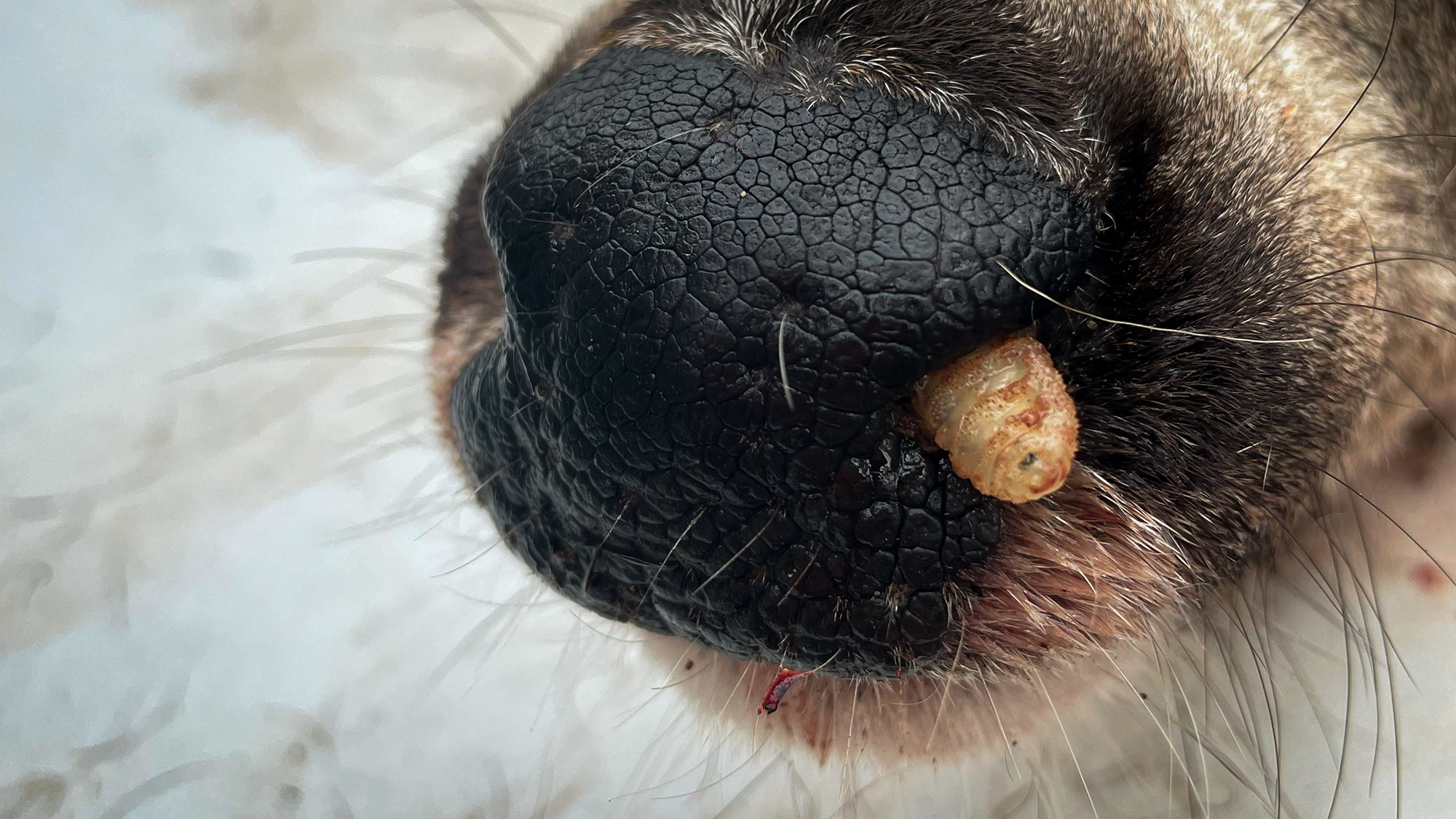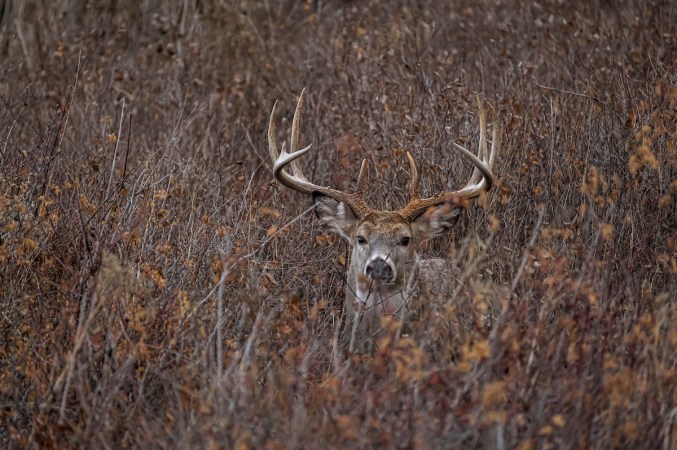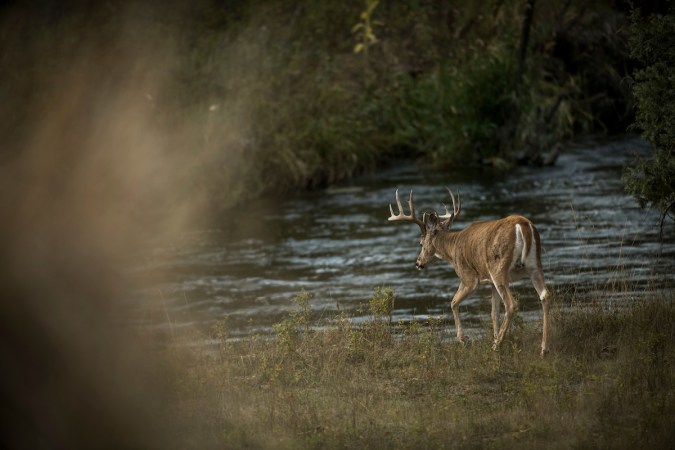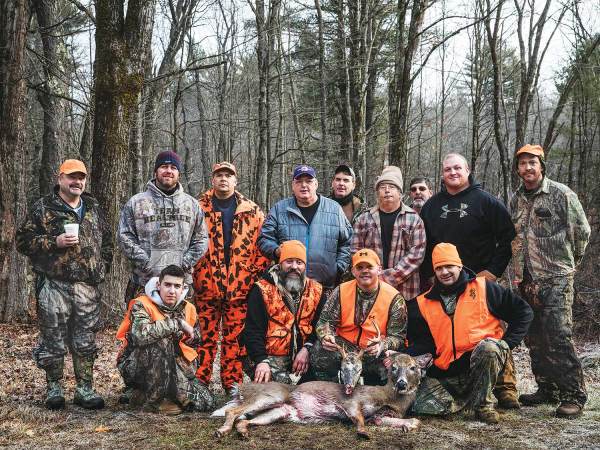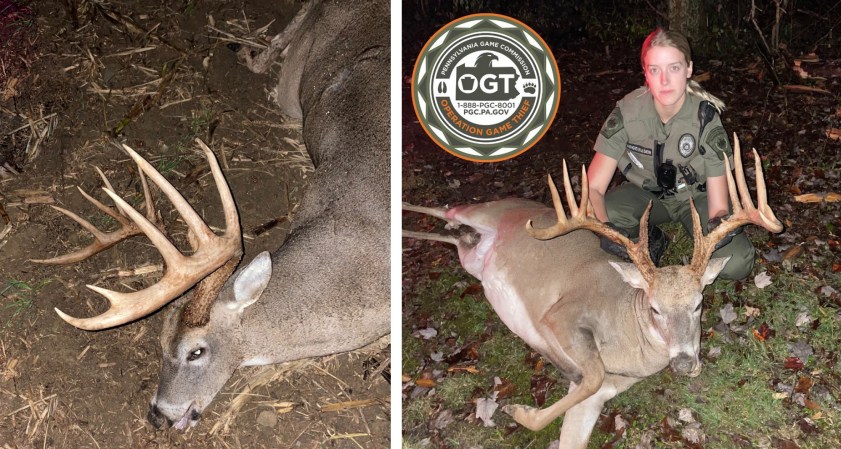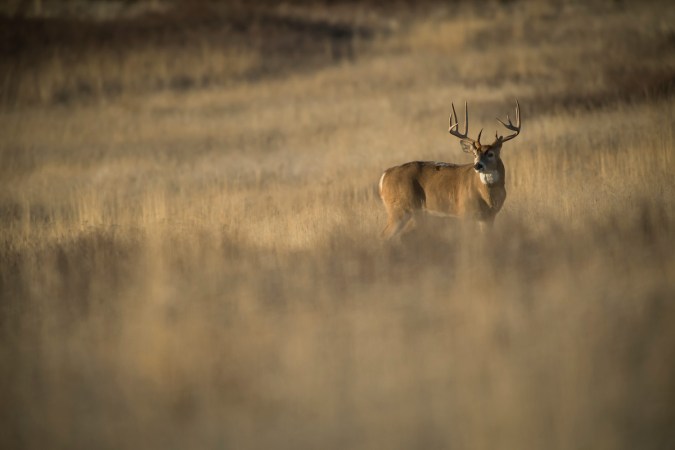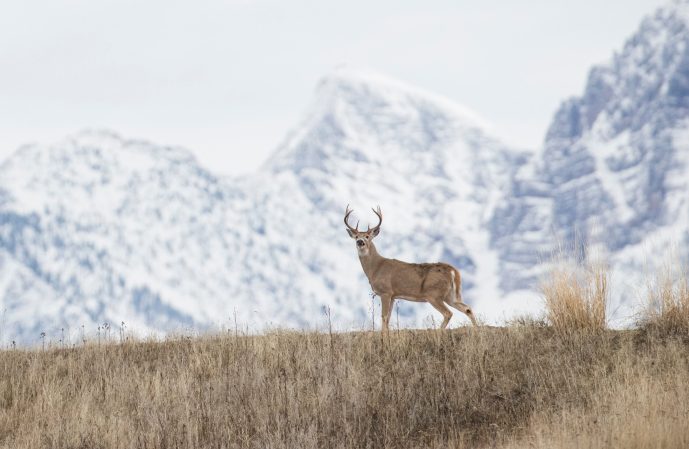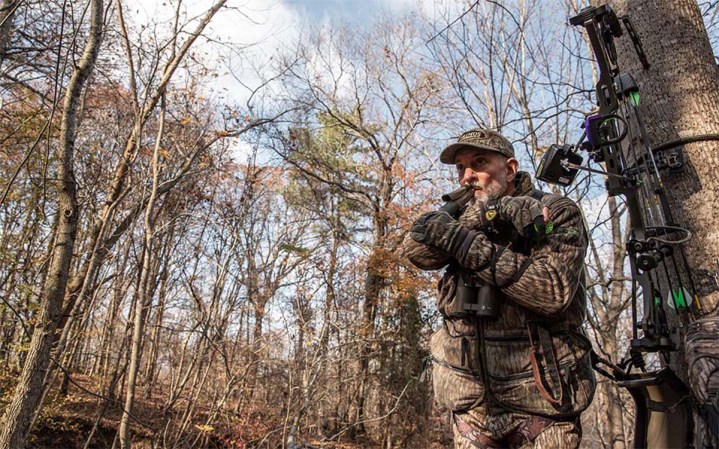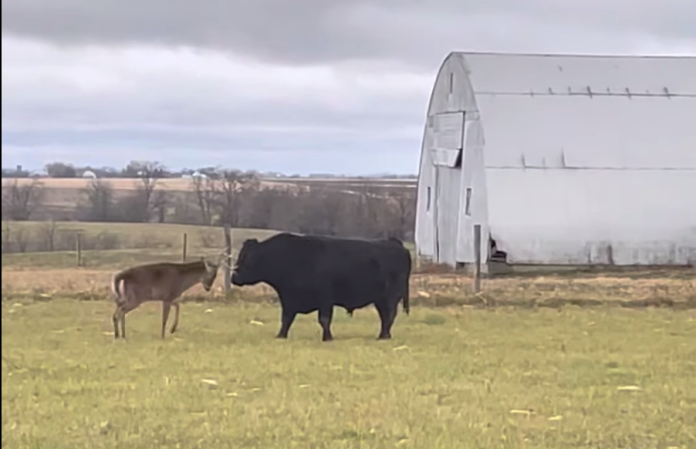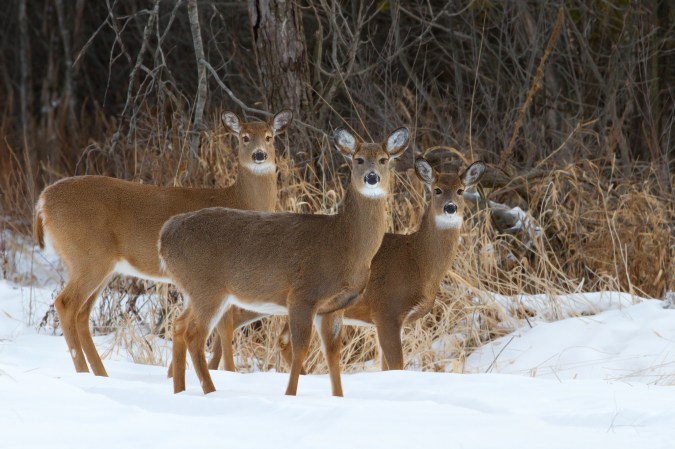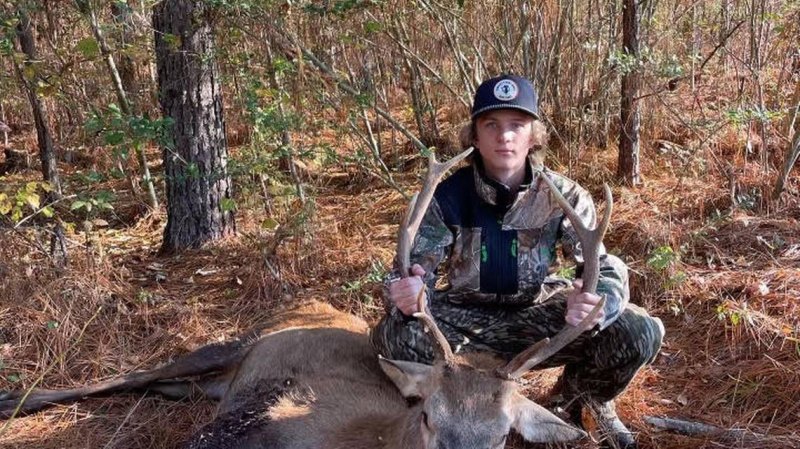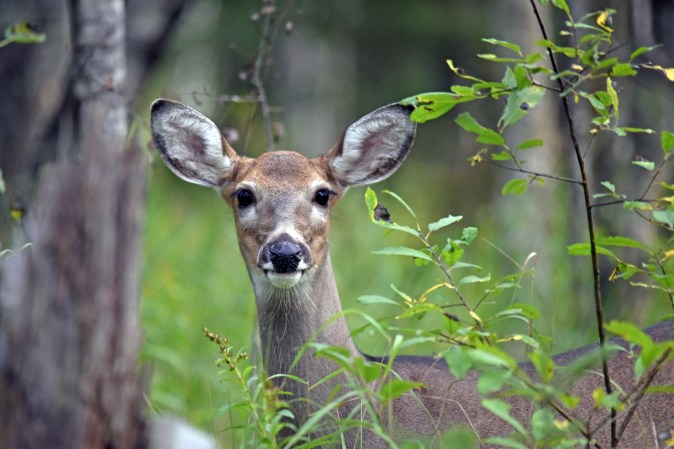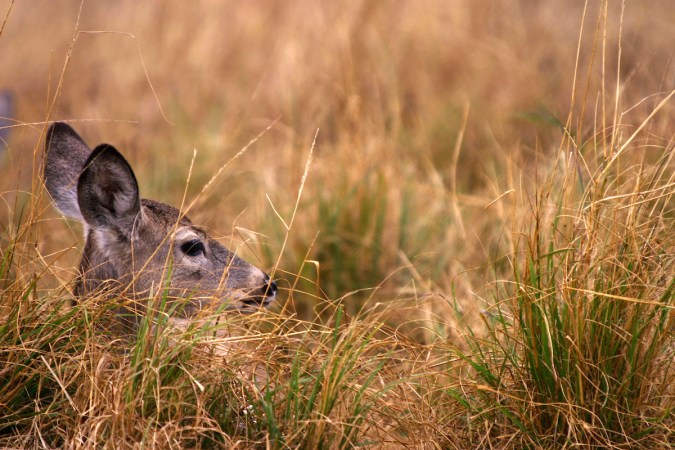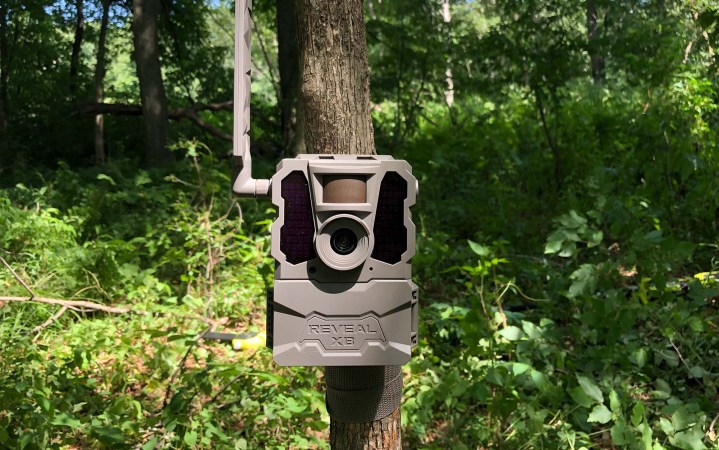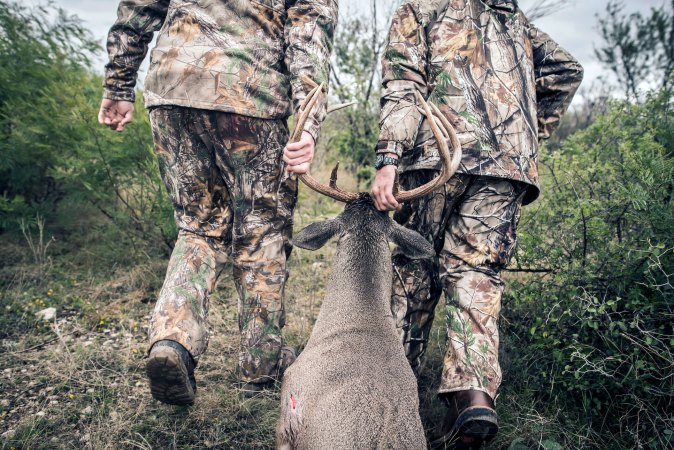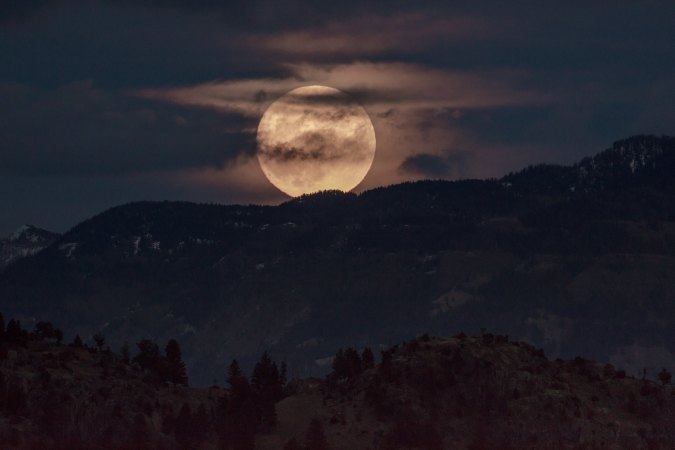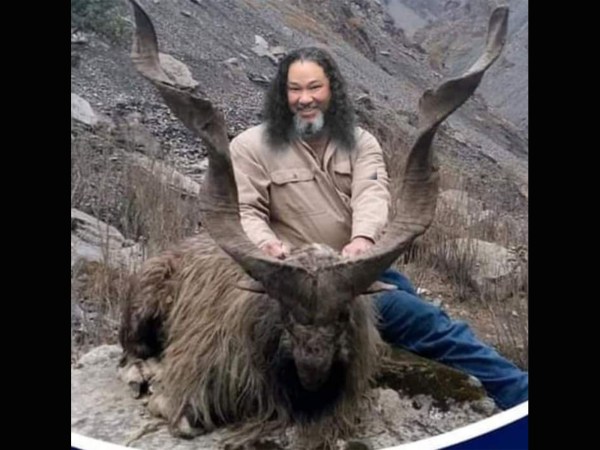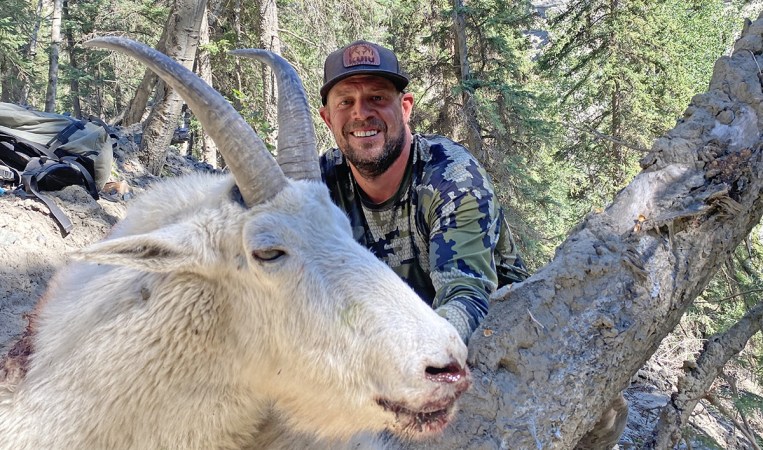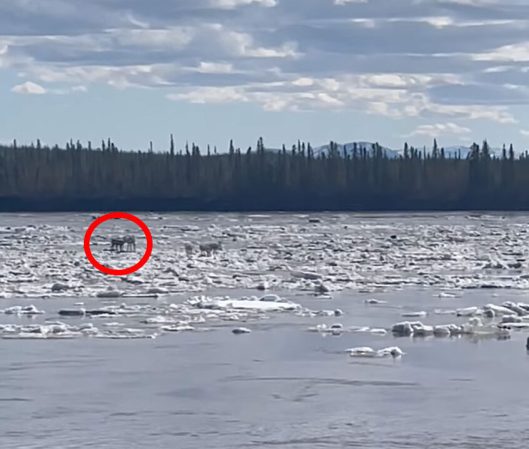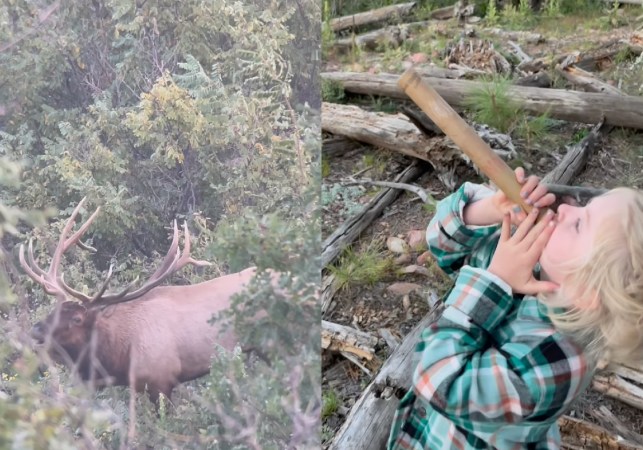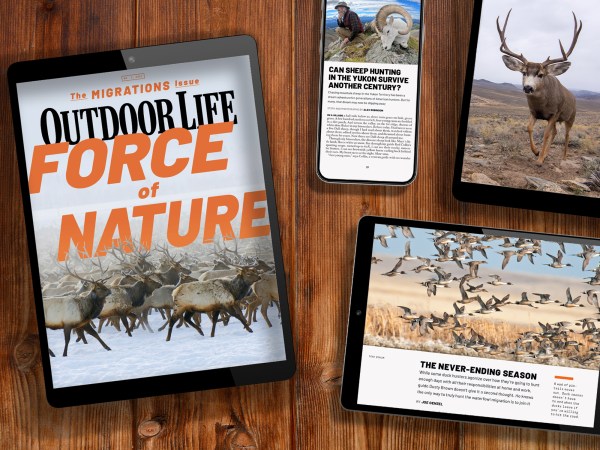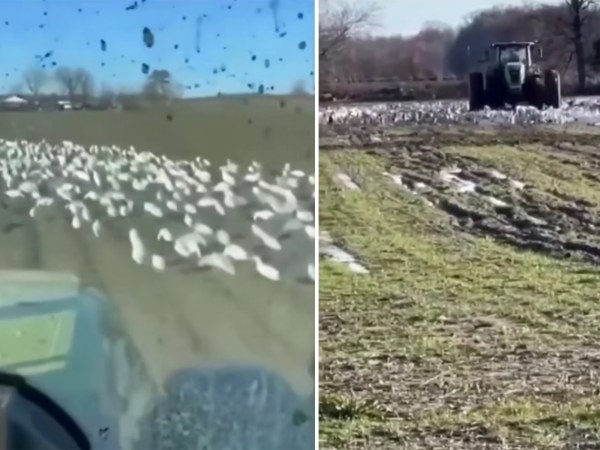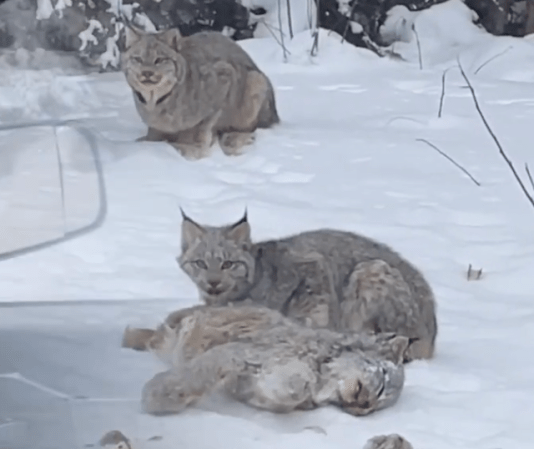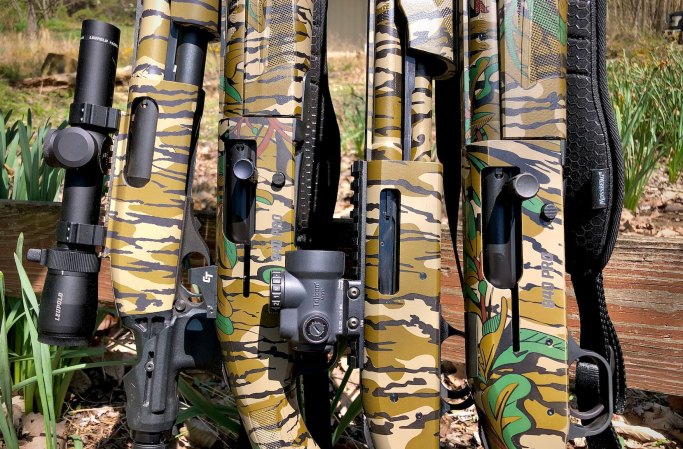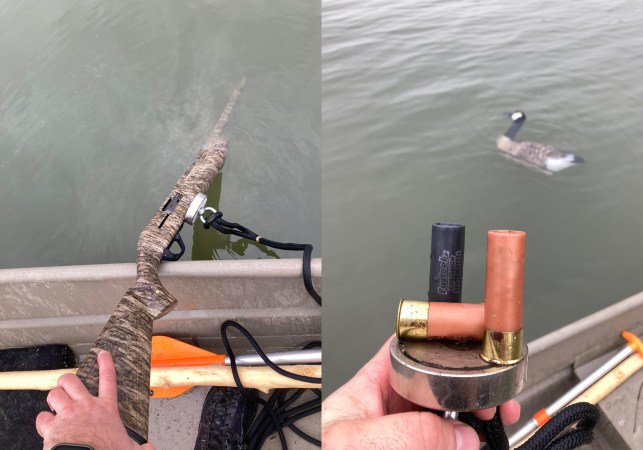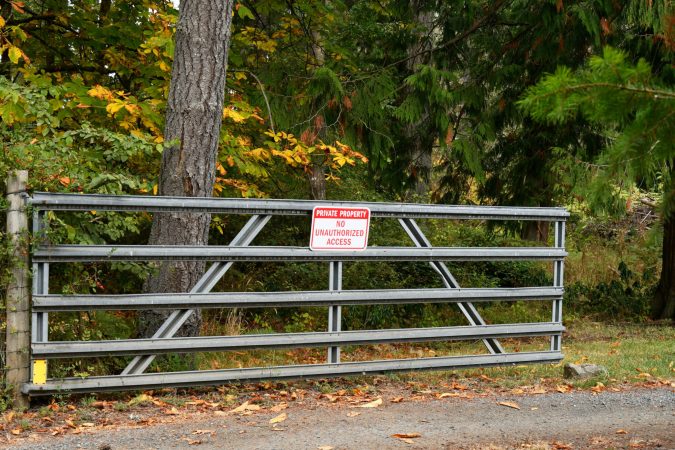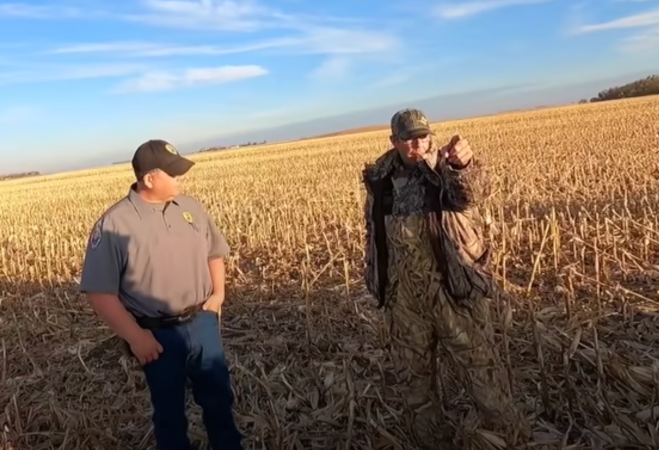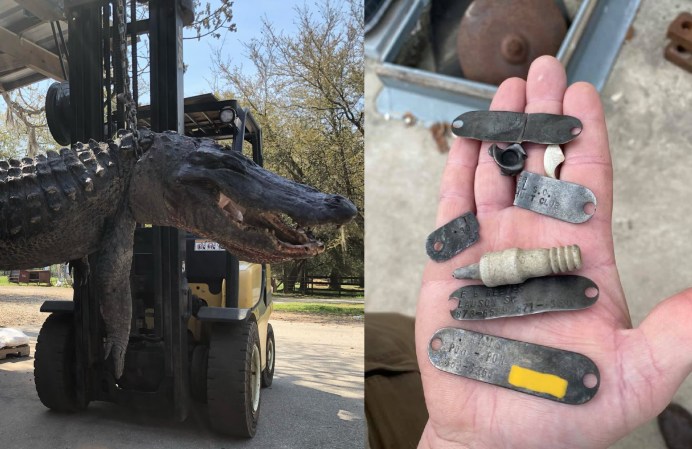You think you’ve seen it all as a hunter. Gut-shot messes, engorged-tick infestations, predator-shredded carcasses. You’ve been elbows-deep in a chest cavity, severing a windpipe while pink foam oozes out. No part of the hunting experience, no matter how cringe-worthy, hits your stomach anymore. Then, a fat, white nasal botfly larva wriggles out of your deer’s nose. It drops to the ground and crawls away with every ounce of pride you had in your iron stomach. Another one emerges. Suddenly, you think you might need to sit down. Right now.
If this series of misfortunate events sounds familiar, it’s because nasal botfly larvae are quite common in whitetail deer. Like all parasites, nasal botflies rely on a host to complete part of its lifecycle—in this case, mammals with large nostrils, like ungulates.
Hunting-lifestyle brand HUSH posted a video to its Instagram account Thursday that shows a nasal botfly larvae crawling out the rear end of a severed nasal passage on a whitetail buck. The other nasal passage is still intact, but something is clearly moving under the membrane. This is gross to be sure. But are those little wriggling larvae a problem?
Are Nasal Botfly Larvae Harmful to Deer?
If a bug this size fell out of your nose, you’d probably run for the nearest doctor’s office. But nasal botfly larvae are actually fairly common in deer and don’t have any impact on its venison: the meat is still safe to eat. They don’t even affect the deer’s health all that much, although they’re probably uncomfortable and can cause some nasal blockage and difficulty breathing. In rare occurrences, animals can suffocate if the larvae don’t dislodge themselves.
“Botflies are a pretty common species found across the United States, as far north as southern parts of Canada,” says Matt Ross, the conservation director of the National Deer Association Matt Ross. “The species relies on animals for repopulating themselves. It’s not uncommon to find larvae from botflies inside deer, because it’s how they reproduce. Although, it probably doesn’t feel good.”
Female nasal botflies fly inside a deer’s nostrils and deposit an egg sack, Ross explains. Those eggs eventually hatch with, ironically, the help of the deer, which licks its nostrils while trying to root out the irritant. The freshly-hatched larvae crawl into the nasal cavity and live there, growing bigger over time. When they’re ready, they crawl back out of the deer’s nose or mouth. They then continue their life cycle on the ground. They’ll mature into full-grown botflies, and the females will eventually find deer of their own to host their eggs.
Since botflies never enter the deer’s blood stream, they really have no way of impacting the meat. And unless you see them fall out or sever the head near the nasal cavities for a euro mount, the odds of you noticing them are pretty low. Maybe it’s better that way. At least, take some comfort in knowing deer hate them more than you do.
“In research facilities, when deer are being studied in a university setting, even the sound of the insect freaks deer out and they’ll run away from it,” Ross says. “A deer in one facility ran into a fence trying to get away from a botfly because it was trying to not be interacted with.”
Read Next: I Got This Nasty, Flesh-Eating Fungal Infection From a Coyote
The next time you see a nasal botfly wriggling out of a buck’s nose, just stay calm, keep your lunch down, and carry on. Most of all, don’t feel bad.
“There’s something in the back of our brains that tell us these are not things we want to be around,” Ross says. “Our ancestors probably saw them and though ‘I don’t want these inside of me.’ So they stayed away. I don’t think it’s a weird thing to be grossed out by at all. It’s natural.”

